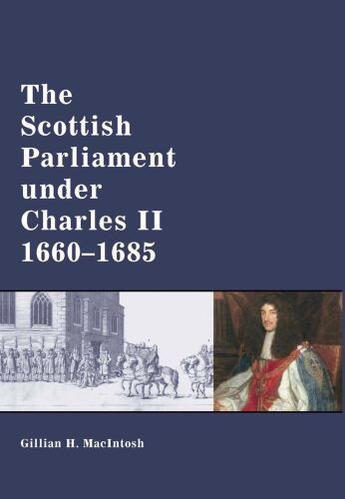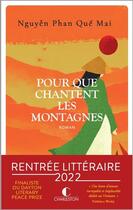-
Nombre de pages : (-)
-
Collection :
(-)
-
Genre :
(-)
-
Thème :
Non attribué
-
Prix littéraire(s) :
(-)
Résumé:
On 14 May 1660, Charles II, restored to the throne of his father, was proclaimed king of Great Britain and Ireland at the market-cross of Edinburgh, bringing to an end over twenty years of internal upheaval. At the subsequent meeting of the Scottish parliament in January 1661, the ascendant... Voir plus
On 14 May 1660, Charles II, restored to the throne of his father, was proclaimed king of Great Britain and Ireland at the market-cross of Edinburgh, bringing to an end over twenty years of internal upheaval. At the subsequent meeting of the Scottish parliament in January 1661, the ascendant royalist administration sought to abolish all constitutional innovations introduced during the revolutionary period in an attempt to secure the royal prerogative and prevent a repeat of rebellion from below. This book traces the background to the restoration of the monarchy in Scotland, explains why the Scottish political elite were so willing to relinquish power back to the king and assesses the impact of the restrictive Restoration constitutional settlement on subsequent parliamentary sessions in the reign of Charles II. It provides for the first time a detailed account of Charles II's Scottish parliament - who attended and why, what they did and parliament's role under an increasingly authoritarian crown. Tracing the path from the widespread popular royalism that marked the beginning of Charles II's reign to the increasing violence and resistance which the attempted reassertion of the royal prerogative provoked, each session of parliament is set within the political and historical context of the time in which it sat, to provide a fresh perspective on a previously neglected area of Scottish history.
Donner votre avis














